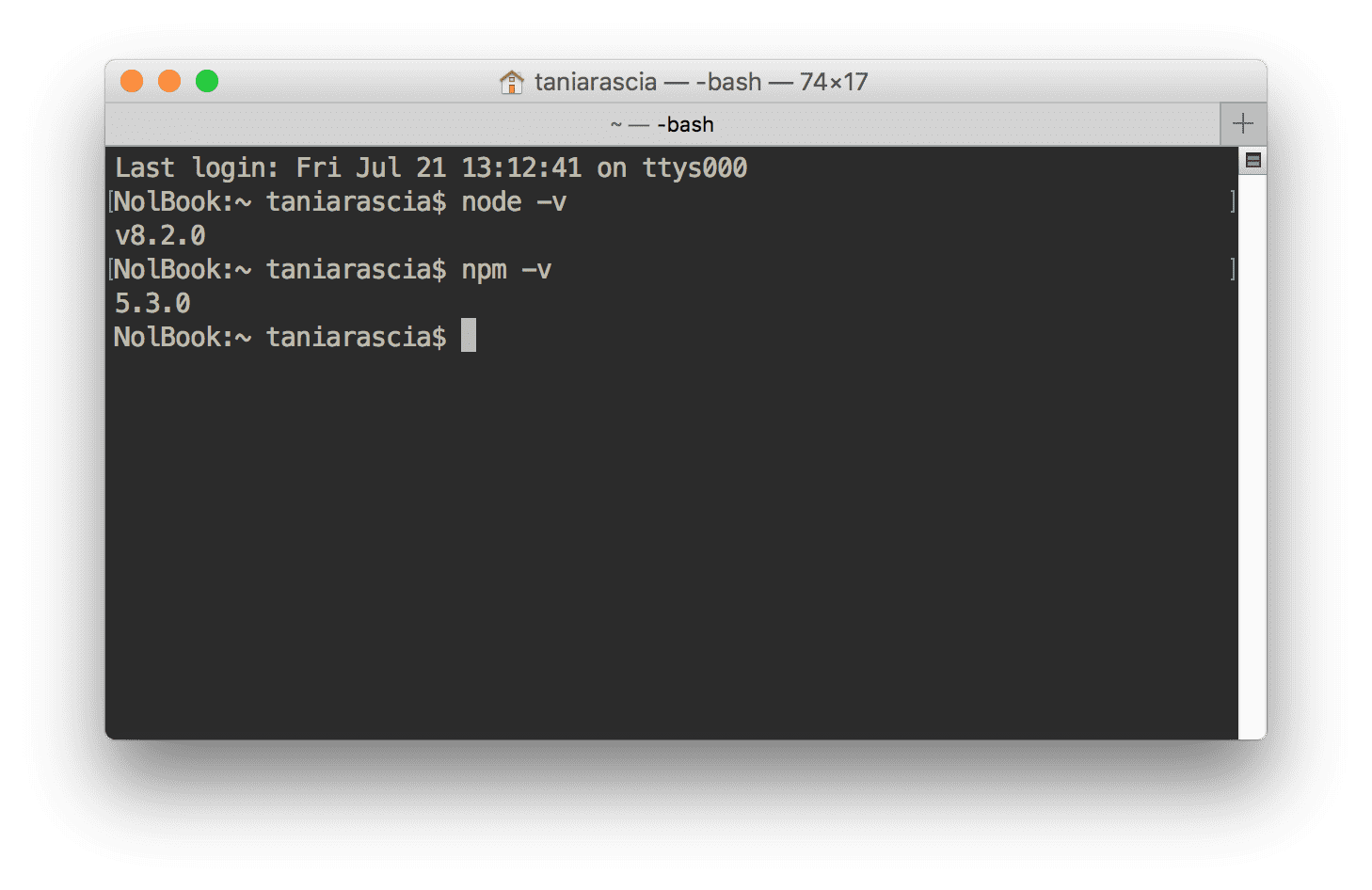
"OLEDB Provider=. "RenamedColumns = Table.RenameColumns(ConvertedToTable,)" & vbCr & vbLf & _ "ConvertedToTable = Table.FromList(Source, Splitter.SplitByNothing(), null, null, ExtraValues.Error)," & vbCr & vbLf & _ This is a sample query that creates a list with values from 1 to 100.Ī Name:="SampleList", Formula:= _ Here is some basic code you can adapt and use. Locate the VBA file, and then select Open. Right-click on an object in the Project window, and then select Import File. In Excel for Mac, select Tools > Macro > Visual Basic Editor.
#IS ACCESS AVAILABE FOR MAC MAC OS#
For more information, see Sync files with OneDrive on Mac OS X.ĭownload the VBA file to a local file, the VBA file you saved in "Step one: Excel for Windows" and uploaded to an online service.

Upload the VBA file to an online service to make the file accessible from the Mac.
The Export dialog box appears.Įnter a filename, make sure the file extension is. Right-click the module, and then select Export File. In Excel, make sure the Visual Basic Editor is open by pressing ALT+F11. Since MAC addresses are assigned directly by the hardware manufacturer, they are also referred to as hardware addresses. The physical address is used to identify a device in computer networks. VBA code that uses the following entities in the Excel's object model also work in Excel for Mac: Queries object, WorkbookQuery object, Workbook.Queries Property. For more information, see Excel VBA reference. The MAC address (short for media access control address) is the worldwide unique hardware address of a single network adapter. On Excel Windows, develop queries by using VBA. A sample program is provided for you at the end of this section.
#IS ACCESS AVAILABE FOR MAC FOR MAC#
Transferring a VBA code module in a file from Excel for Windows to Excel for Mac is a two-step process.

Although authoring in the Power Query Editor is not available in Excel for Mac, VBA does support Power Query authoring.


 0 kommentar(er)
0 kommentar(er)
